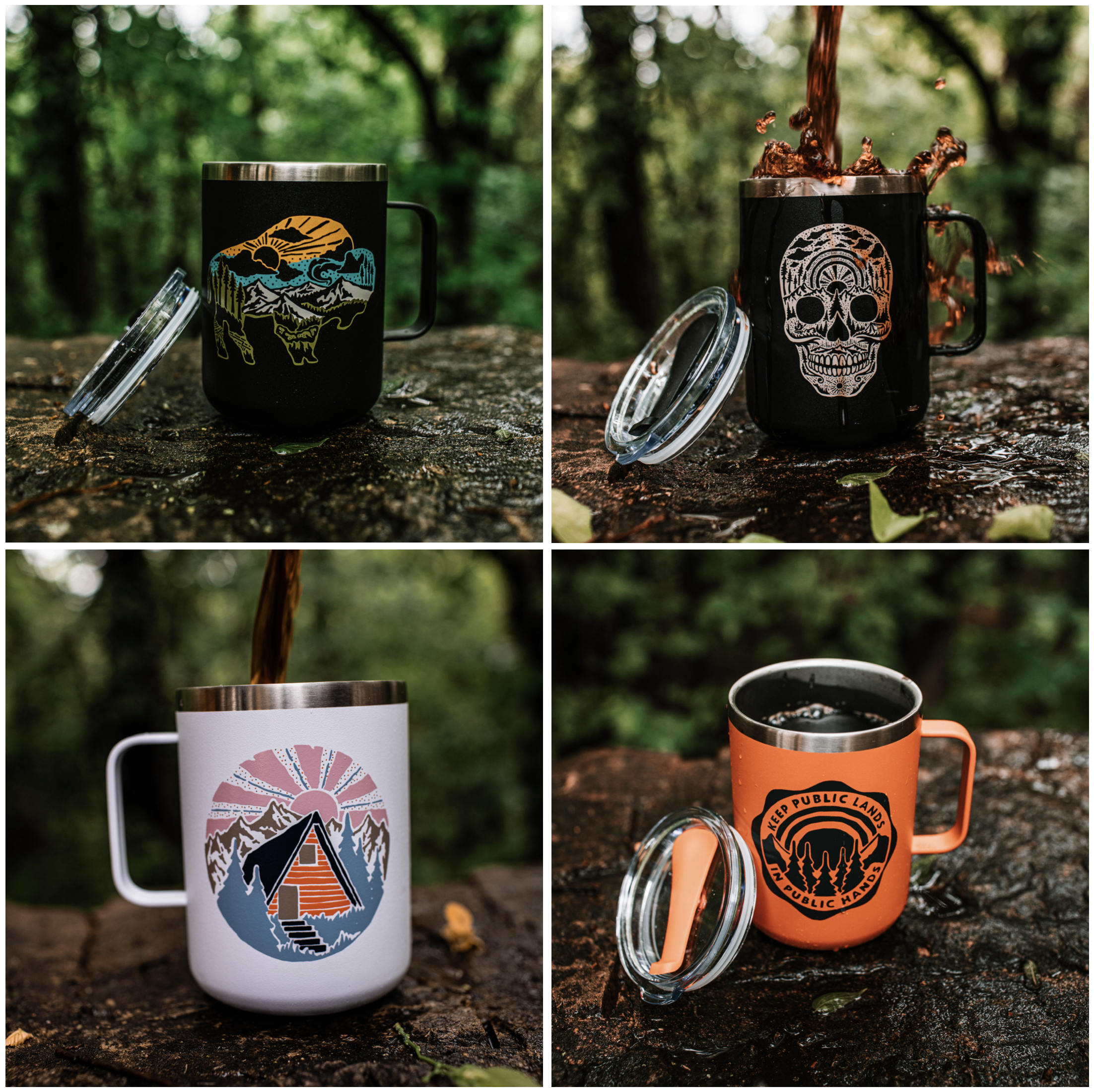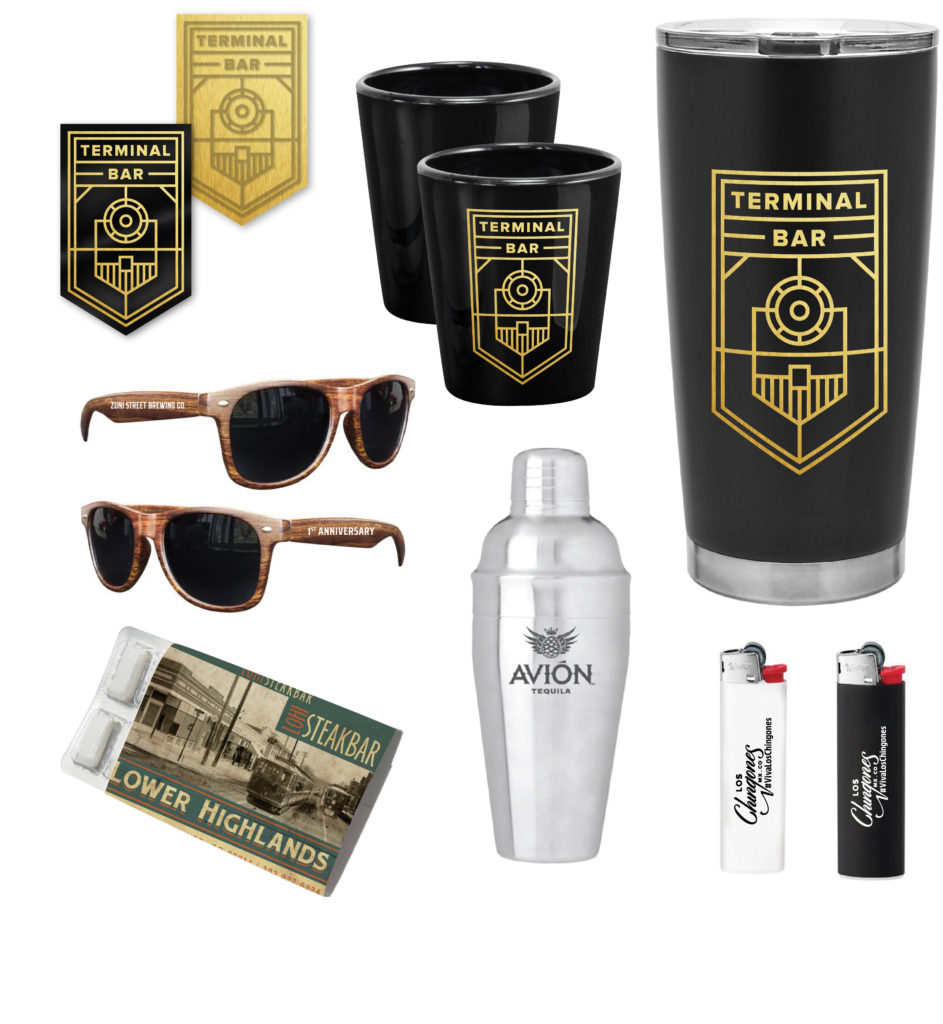

If you are a screen printer, DTG business, or another decorator, and you are not yet offering promotional products — like totes, bandanas, mugs, and pens — you may be selling yourself short and leaving a good chunk of change on the table. Companies spend billions of dollars on promotional products each year, and there is a good chance this includes many of the individuals already on your email list.
We all know acquiring new customers is much more expensive and time-consuming than expanding offerings to customers you already have, who already like you. Tapping into this side of the decoration industry is a game-changer, and I am speaking from experience.
Expanding your offerings to include promotional products is a great way to not only get an upsell from a client, thus increasing your bottom line, but also solidifies your company as a client’s go-to for more than one type of product. At first glance, the idea of expanding into mugs as a T-shirt business or pens as an awards engraver might invoke anxious thoughts of spending thousands of dollars on new machinery, storage, and process upgrades. However, there are some solid ways to break into the industry and make creative movements to increase your offerings using the equipment and space you already have.
Some of you may already offer promotional products, but by comparing similarities in production methods across products while examining your core competencies, you may find some lucrative expansion opportunities.
There are two main ways to expand your offerings, and they are not mutually exclusive. The first option — handling everything in your shop. This gives you the added benefit of control. The second option — outsourcing to a few trusted decorators elsewhere. This option leans on their years of expertise and allows you to examine the products before offering them to your customers.

Option 1: In-house
If you like to have everything in-house and maintain control over every aspect of the process, it might be simple to add on a few items with just a bit of research on materials and products that lend themselves well to the equipment you already own.
Screen printing
Most of my personal history is in the apparel industry, and this is where most of my production knowledge lies as well. If you operate in the apparel decorating world, this section is for you. Much of the apparel industry is the T-shirt industry. If you solely offer screen-printed shirts and not other screen printables such as totes or bandanas, you may be missing valuable upsell opportunities. Sometimes, this can even use the same screen and set up if the conditions and designs allow for it.
Larger automated print shops can benefit from adding on these “flat” promotional items, but if you run a smaller business or are screening by hand, you may have even more options, albeit more time-consuming. It is often possible to do simple one-color prints on cylindrical objects such as a bottle or a mug with just a screen and some strategic rolling. If you have a client who often orders simple designs, use the same design for a few simple water bottles, just ensure the ink is appropriate for the substrate surface.
You might also consider adding one- or two-color screen-printed plastisol transfers to your repertoire if you have a heat press. While this might seem daunting at first, the process is fairly simple. Transfers can last almost as long as screen prints and allow you to use your current technology to print on hats, jerseys, add sizing tags, and anything else that might be better suited to this type of transfer than a traditional screen print.
Sublimation and heat transfer
Sublimation technology comes with fabric limitations, but there are much fewer limitations than you think. You can sublimate mousepads, bags, face masks, mugs, and there are a ton of blanks suppliers so you can order them on an as-needed basis for projects.
Keeping this process in-house also allows you to personally experiment and come up with some more adventurous options that you might not be able to order from a larger supplier. You can often get inexpensive add-on jigs for printing on certain hard goods or rounded objects.

Option 2: Collaboration
If you want to maintain a lean infrastructure and let those with the good equipment solve a problem for you, know that your promotional product offerings can essentially be endless. Most promotional products companies can help you cut down on the cost of shipping blanks and cut out time by simply decorating the blank products that they already stock.
There are thousands of these types of companies, many specializing in a single type of product, so the vetting process can be time-consuming. But if your client loves you and wants to know if you can make pens as well as shirts, the answer can be, “Oh yes! Absolutely!” with no hesitation. While sometimes utilizing your equipment and skills may be the best option, just because you can print business cards with your personal computer doesn’t mean you should.
By private labeling or blind shipping from wholesale promotional product companies who exist solely for this purpose, you can gain an advantage while still being picky about the companies you work with. These companies are often familiar with the needs of apparel companies that are expanding their offerings.
Do your research
Before diving headfirst into a new offering, do at least some basic-level research so you can direct your clients appropriately, just like you do with your main offerings. If you want to offer wall prints, for example, ensure you know how your material is going to react with oxidized paint or textured walls so you don’t end up losing a valuable customer.
Once you feel comfortable adding on one new product, you’ve got it and can start with more. While you do not have to add on 50 products at once, staying stagnant can be less efficient than it appears on the surface, and with a little collaboration, your end customers will thank you.



